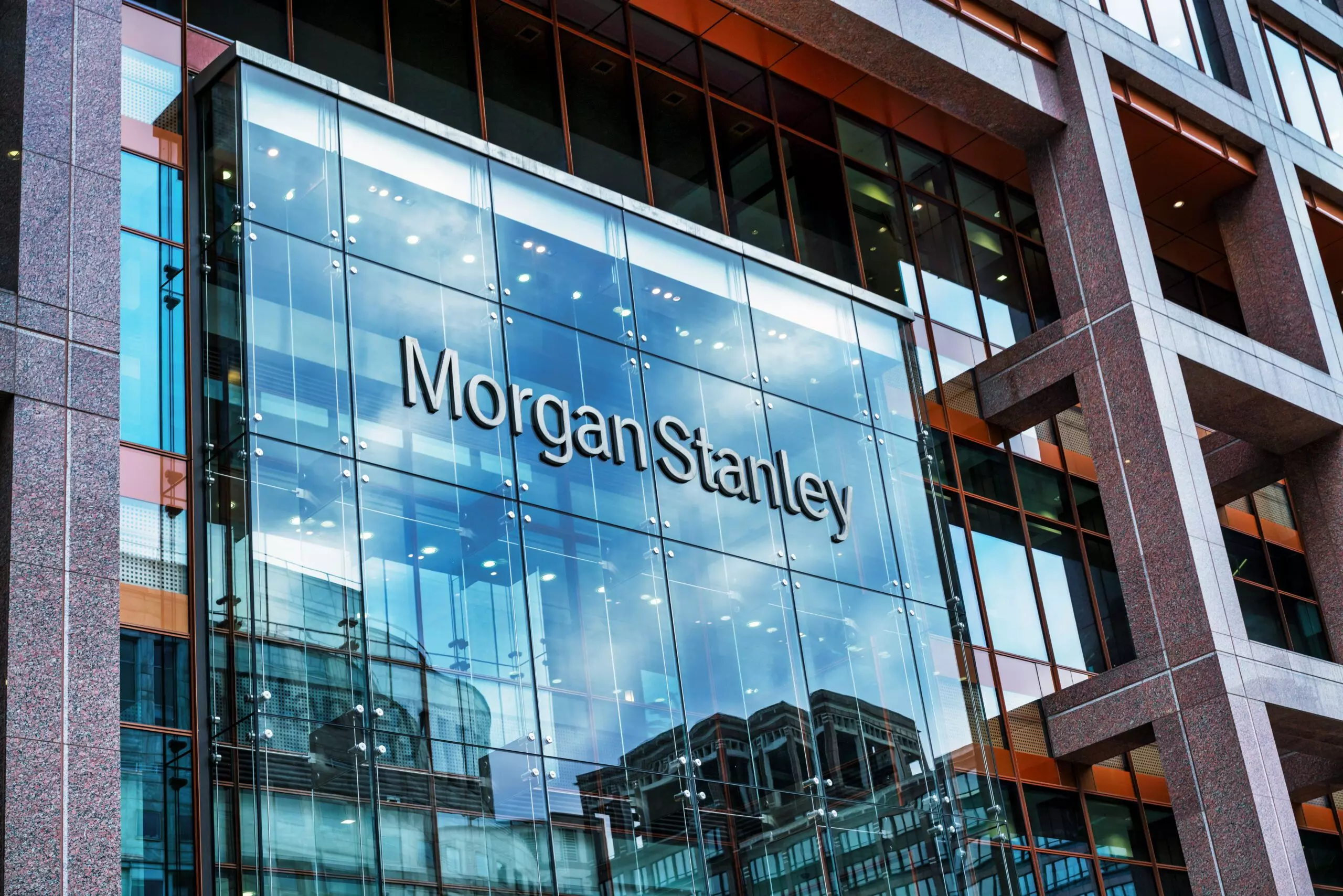The surge of cash into money-market funds has yet to reflect in a stock boost for Federated Hermes, one of the primary managers of such funds, but an alignment could emerge when least expected.
With 2023 witnessing inflows of hundreds of billions of dollars, money-market funds have soared to new heights, crossing $5.5 trillion in assets by mid-August, as the Investment Company Institute reported.
Federated, commanding over 7% of the money-market mutual fund market in Q2, has significantly benefited, witnessing an increase of over $30 billion in money-fund assets in H1, propelling them to a record $509 billion. Notably, the company’s net income experienced a 25% YoY upswing in Q2.
Despite these gains, the company’s shares have dipped by 4.5% this year, a disparity that certain factors might elucidate. Firstly, the Securities and Exchange Commission (SEC) has adopted new regulations designed to enhance the resilience of money-market funds against destabilizing runs necessitating bailouts.
Additionally, ambiguity surrounds the potential for further growth in money-market funds. While solid, Q2 net inflows in this category at Federated fell short of consensus analyst expectations.
However, these concerns could be overshadowed by reality. The most stringent SEC measures target institutional prime and municipal funds, catering to significant investors and holding corporate or municipal debt.
Earlier this year, these categories represented approximately $10 billion of Federated’s half-a-trillion asset class. Other anticipated changes are expected to have marginal impacts on retail funds’ yields.
Apprehensions about the elongated duration of the rising-rate cycle might also need to be found. Investors may speculate that the Federal Reserve has concluded its rate hikes and could enact cuts next year, though this remains uncertain.
The allure of money-market funds, which primarily hold very short-term assets such as Treasury bills and overnight reverse repurchase agreements at the Fed, sometimes wanes with fluctuations in short-term rates.
Historically, during rapid policy-tightening cycles, money-fund flows often rose long after the initial rate hike. Barclays analysts have projected that several hundred billion more could flow into money funds through early 2024.
Furthermore, some institutional investors might shy away from money funds as rates rise. The duration of money funds’ assets usually spans several weeks, leading to a lag in yields compared to rapidly increasing market rates. Institutions seeking a more significant upside might explore other instruments.
However, as rates peak or decline, institutions might desire to lock in prevailing rates for a more extended period; at this point, the duration inherent to money funds becomes an asset.
Similarly, individual investors—whose contributions have significantly driven money-fund flows in 2023—are unlikely to swiftly retreat from money funds at the first hint of rate peaks. Personal reactions to rising and falling rates tend to be delayed.
In essence, if the interest-rate cycle remains in motion for Federated Hermes, investors would be wise to maintain their stance accordingly.







